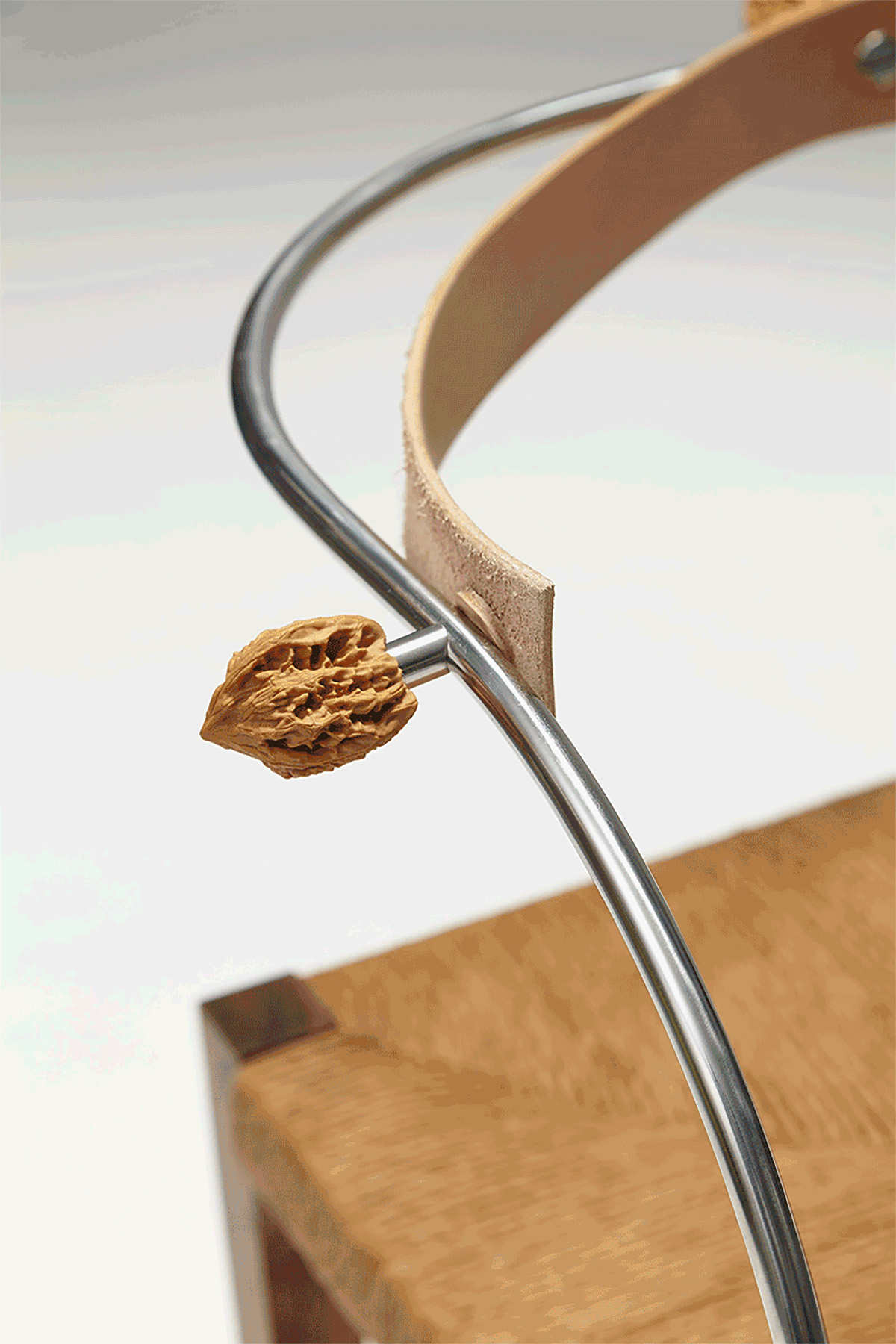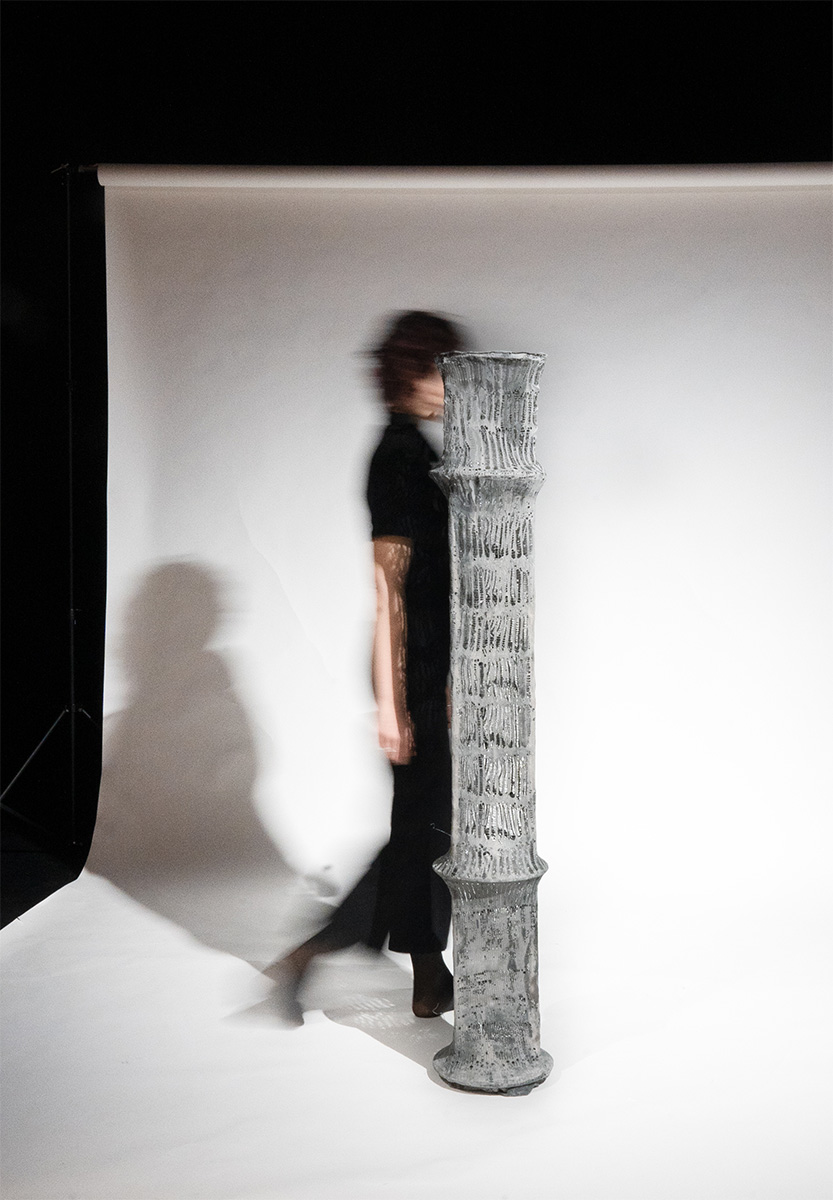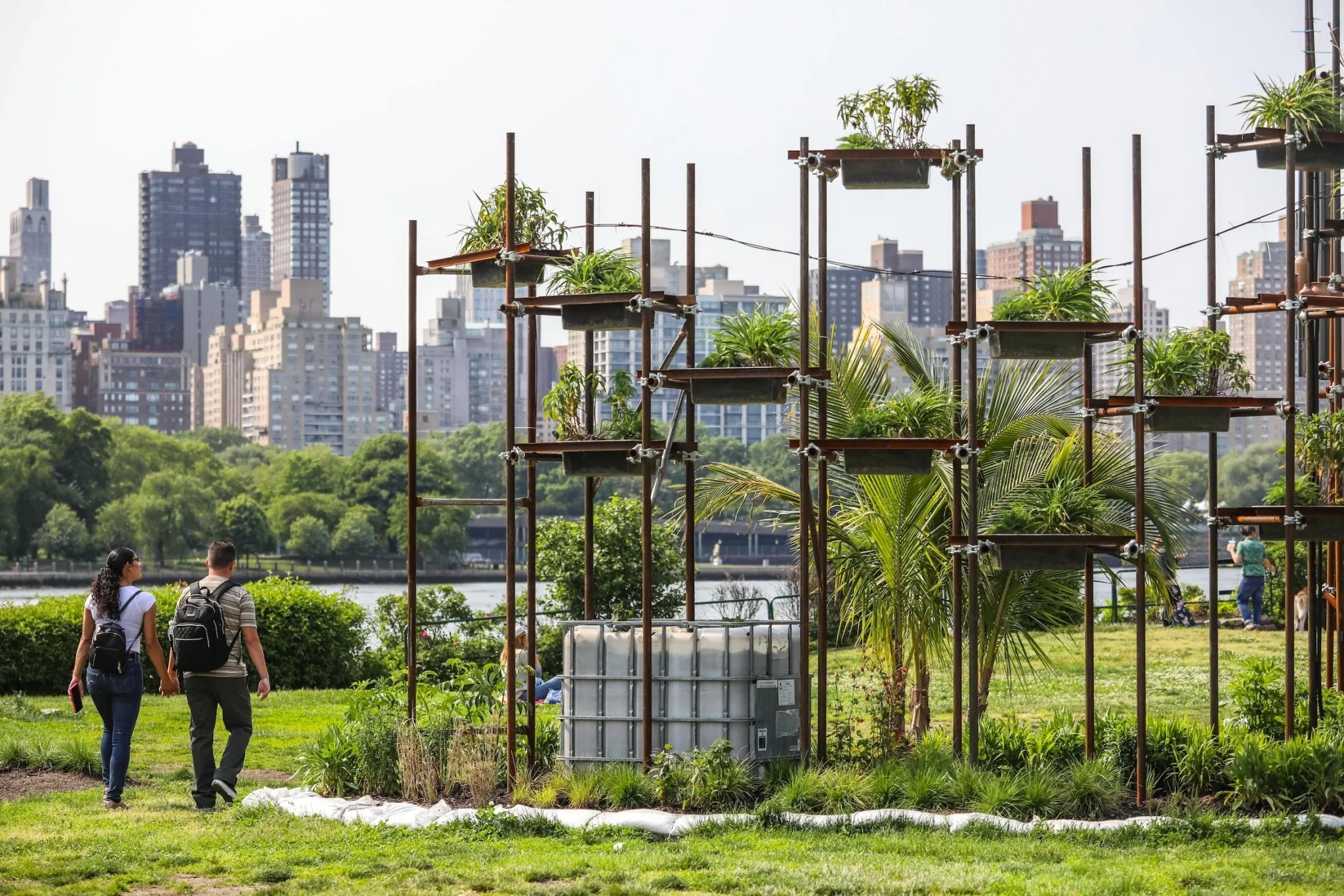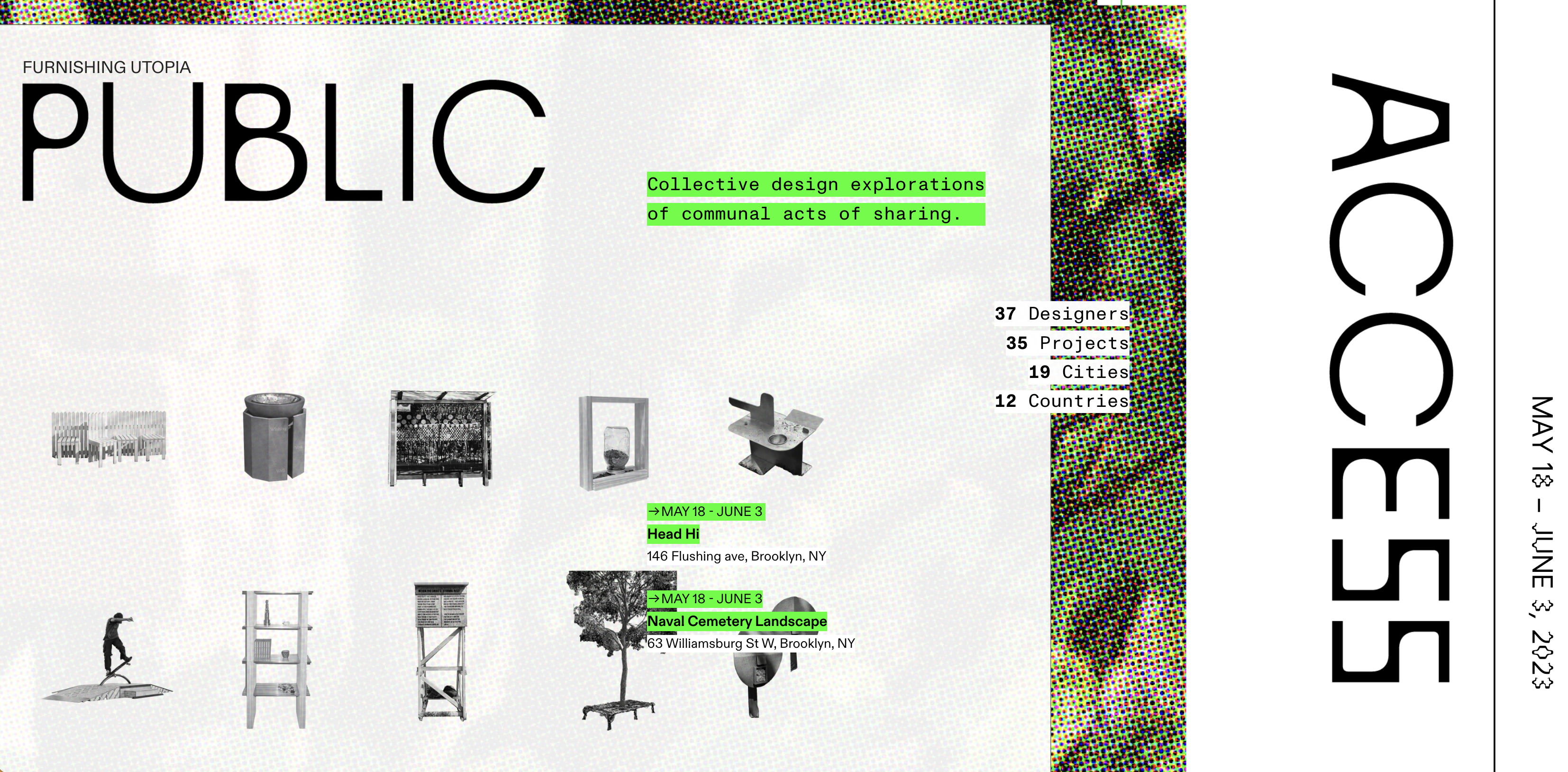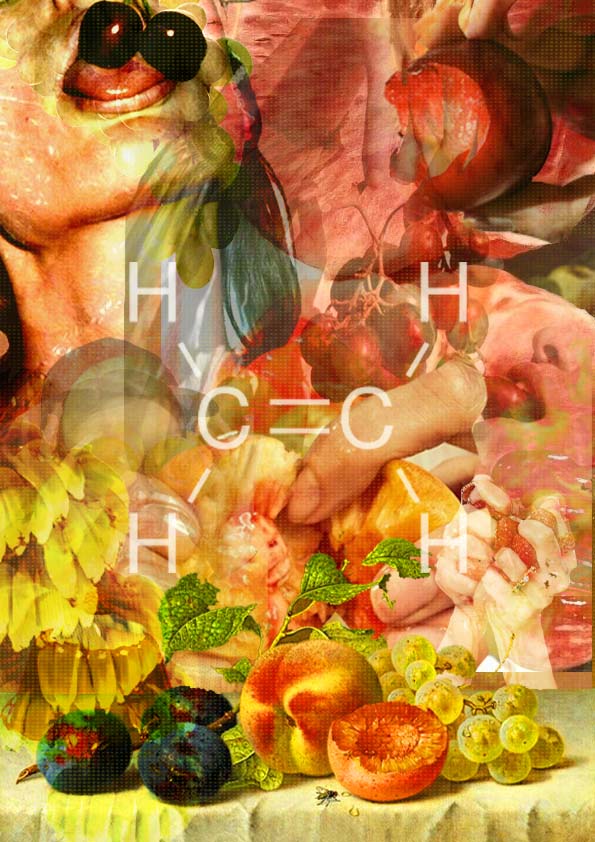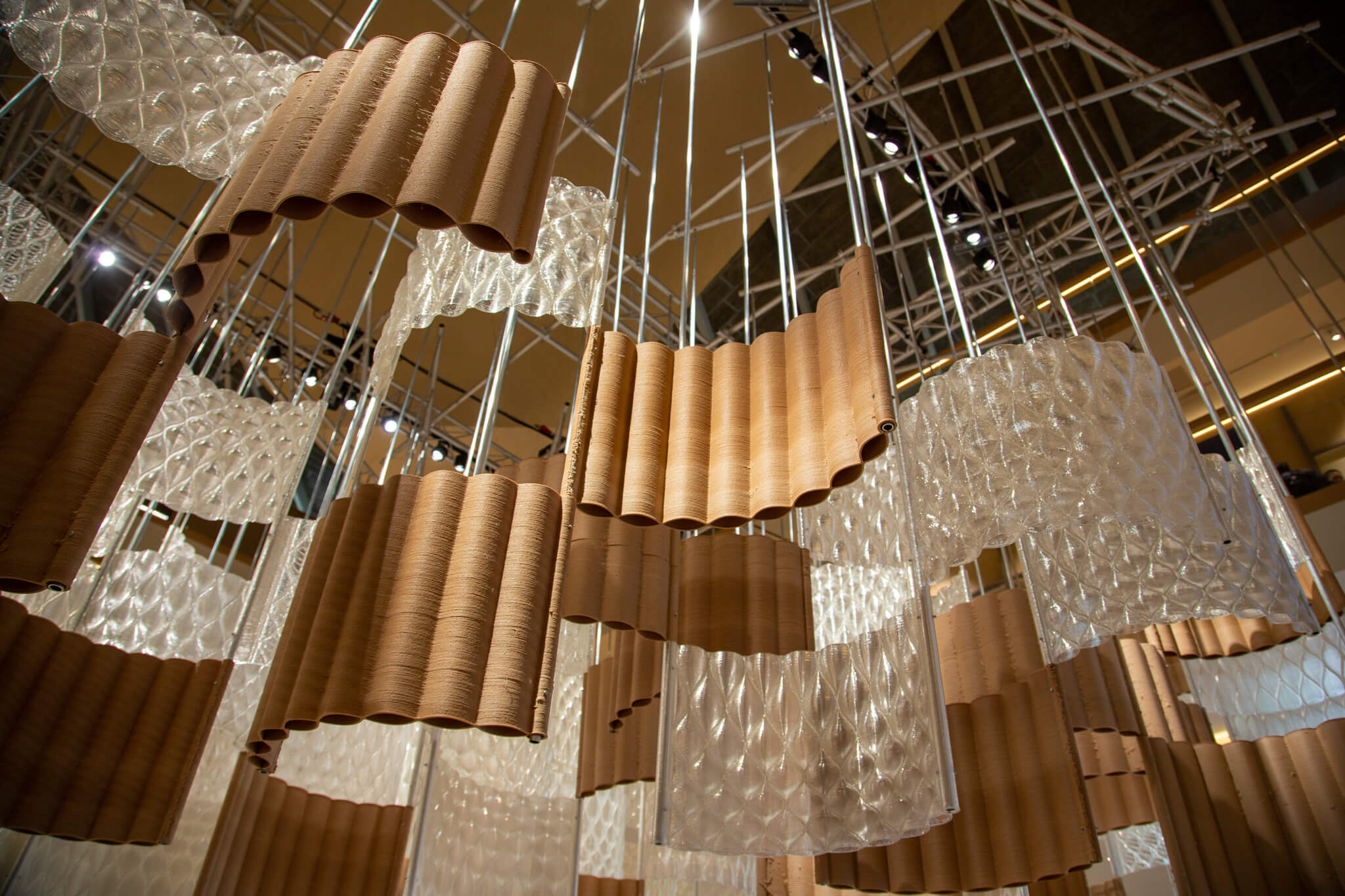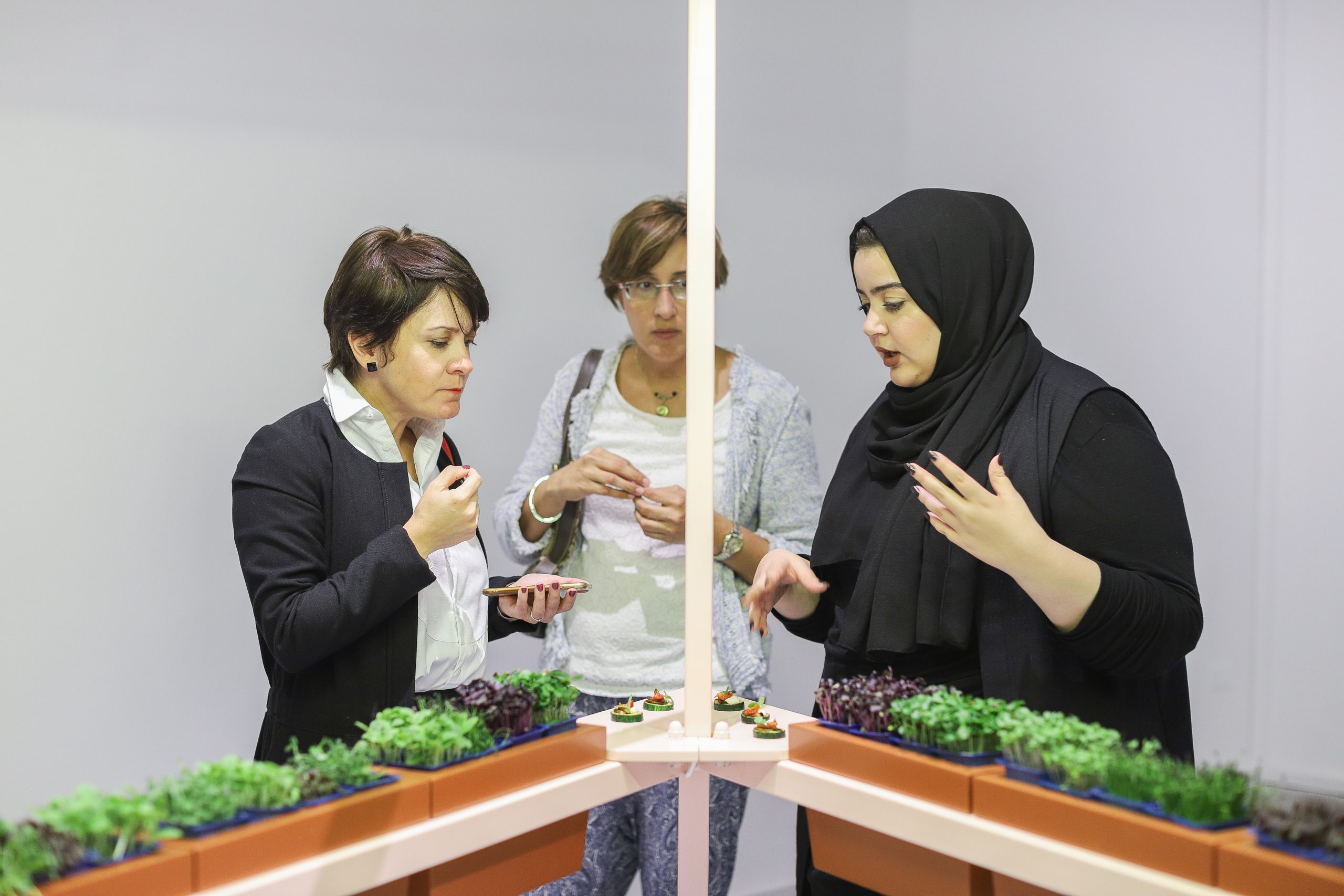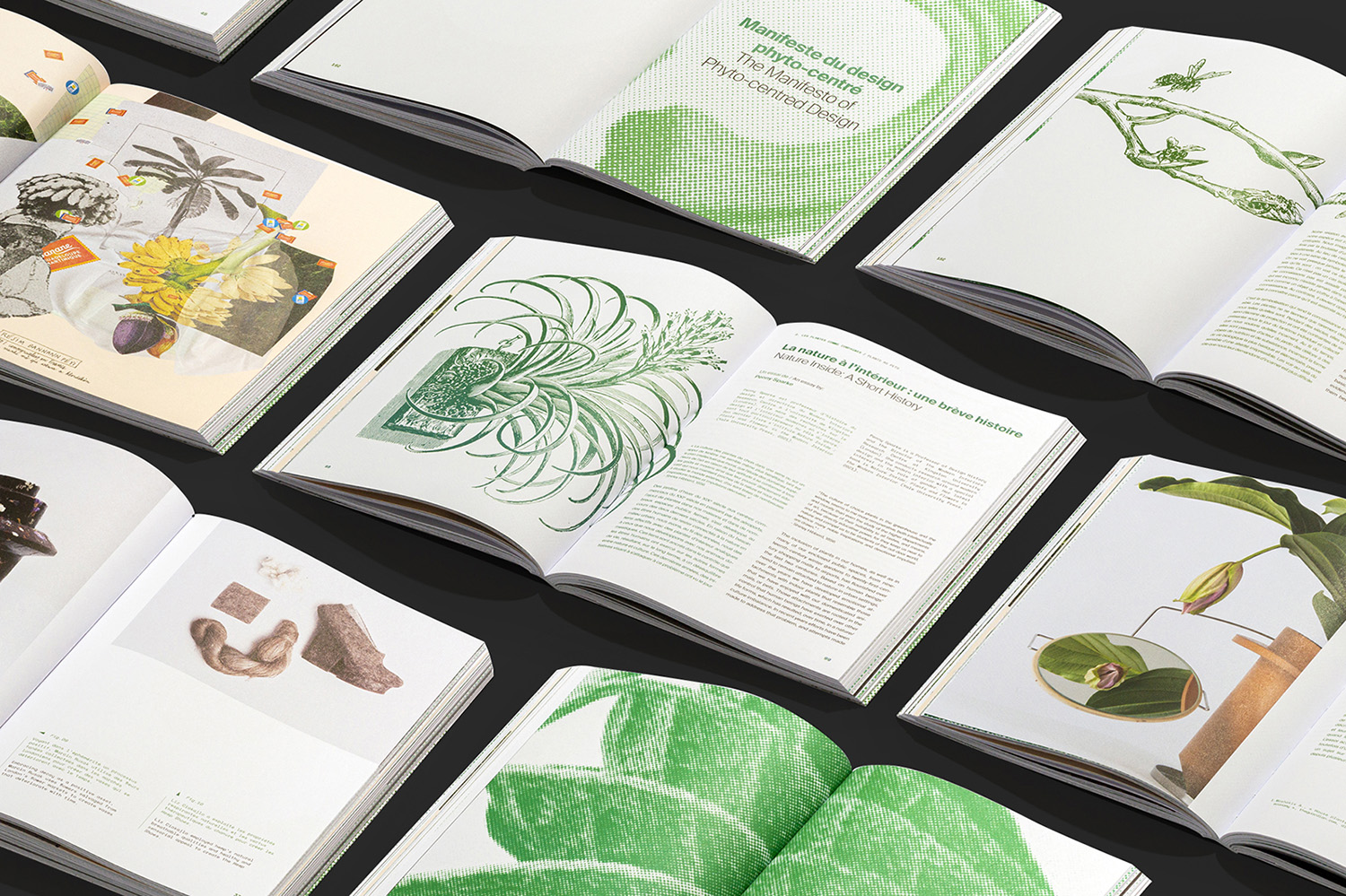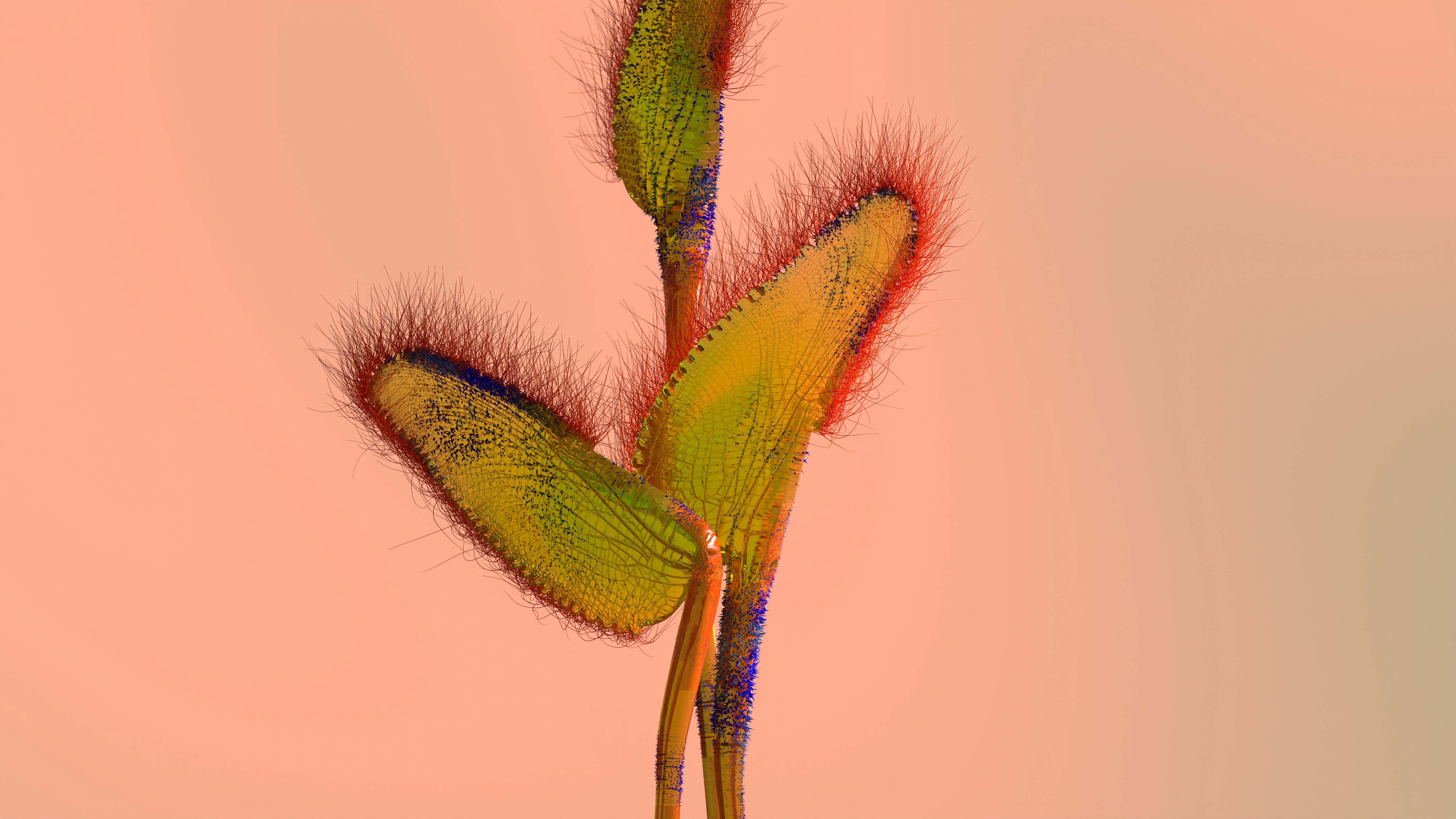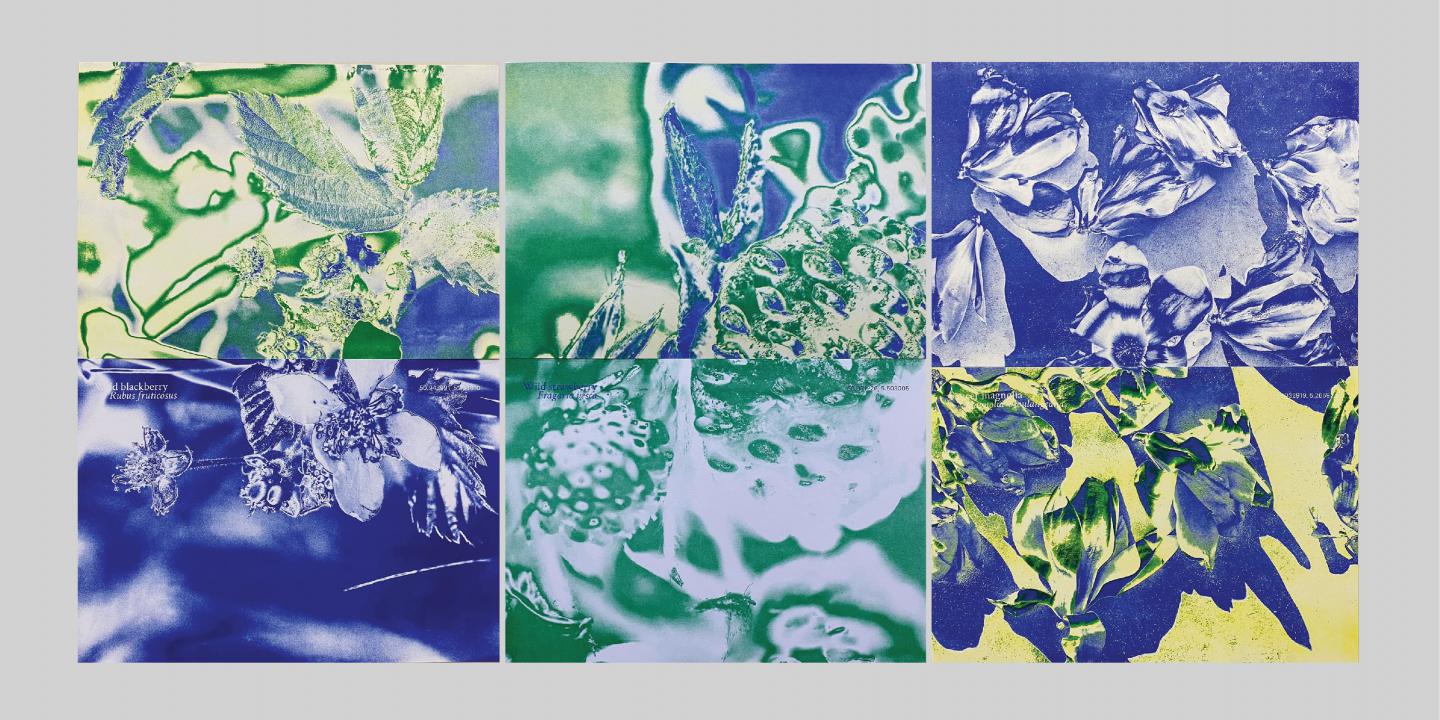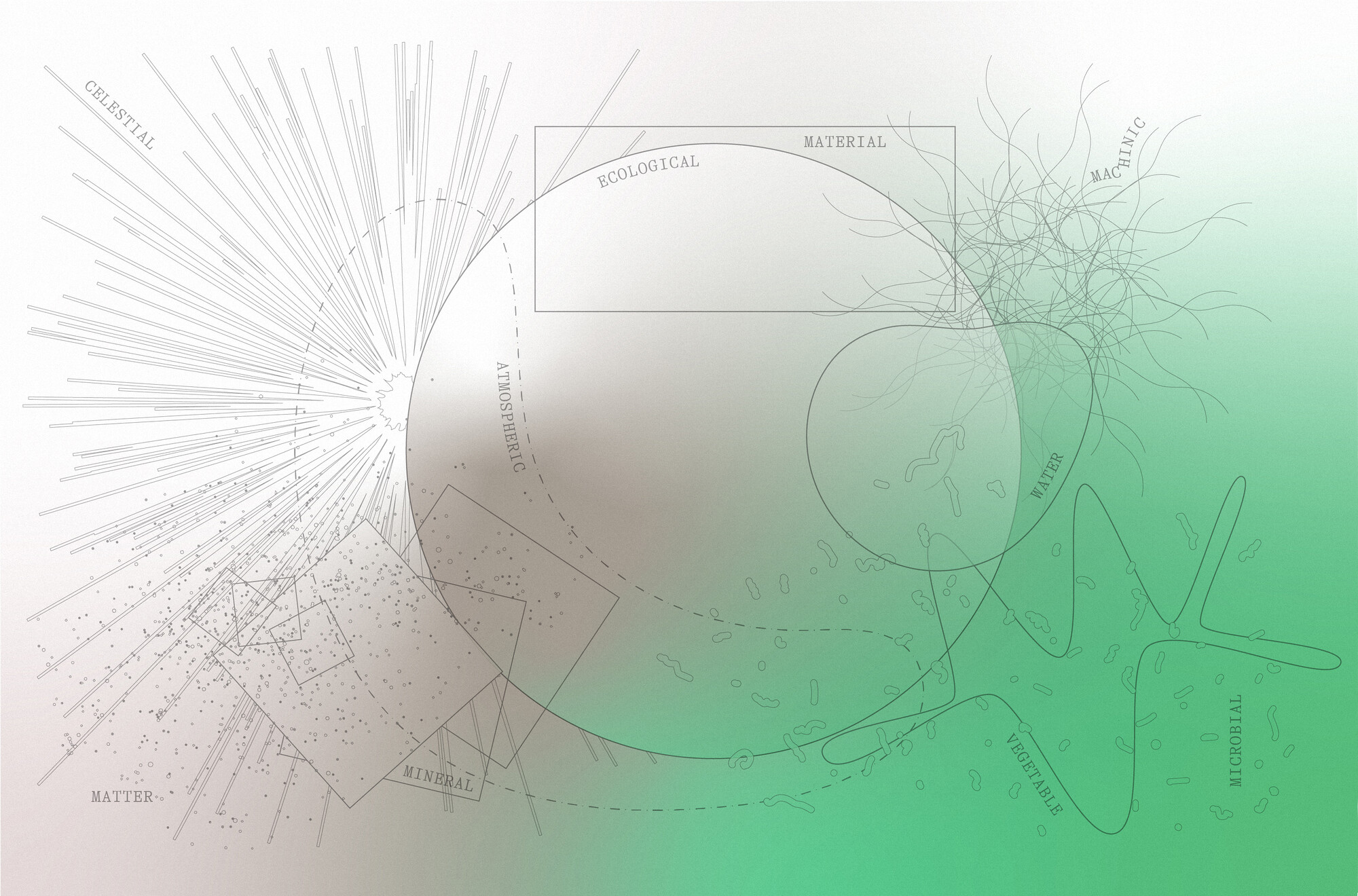The COVID-19 pandemic has uncovered long-standing fissures in our global supply chains with fundamental shifts in the way that people around the world access food as leaving the home becomes a potentially life-threatening endeavor. As the pandemic proceeds, it grows increasingly difficult to imagine things will ever be as before.
This shift has been sudden and shocking, but not entirely unexpected. The insecurity of food supply chains has long been considered an inevitability of the climate crisis. As a growing number of designers have been working to create for a world destabilized by climate change, some ideas that were initially thought to be speculative have suddenly become practical within the COVID-19 pandemic. This proved true for the London-based speculative design studio Superflux, who recently published insights from their exploration of indoor farming for their recent project Mitigation of Shock. Currently on display at ArtScience Museum Singapore, the project manifests the impact of the climate crisis and food insecurity on daily life in the year 2050.



“The COVID-19 crisis has brought unexpected relevance to Mitigation of Shock.” says Leanne Fischler, a design researcher at Superflux. “We began the project by imaging a future in which disruptions to supply chains leave supermarket shelves empty. Little did we know that such a future might become a real possibility in the Western world. The current pandemic has exposed the inherent fragility of the global systems on which our current consumption habits depend.” While the London apartment of 2050 depicted in Mitigation of Shock is not a future anyone necessarily hopes to see, it provided a tangible exploration of how families might build life-sustaining systems in the home using indoor farming strategies, hacked arduino, and knowledge of ecology.
“In sharing some of our experiments, we hope that people might be inspired to begin their own food growing experiments. We hope that, not only will this build a little bit of resilience into their lives, it might frame a more hopeful future.” said Fischler.


In the process of developing


“The world has irrevocably changed and the family home is now a space to not only live, but to survive. The home is alive with multi-species inhabitants (insects and plants), surviving and thriving together in an indoor microcosm.” said Anab Jain, co-founder of Superflux of the current pandemic. Ecology, or as it literally means, knowledge of the home, is something designers must engage with if we are to create more secure ways of living going forward. Of this fact, Mitigation of Shock is a reminder, as it invites us to look closely at our small domestic spaces—that are our sure refuge in the uncertainty of this pandemic—as a space of resiliency, and cultivation.


